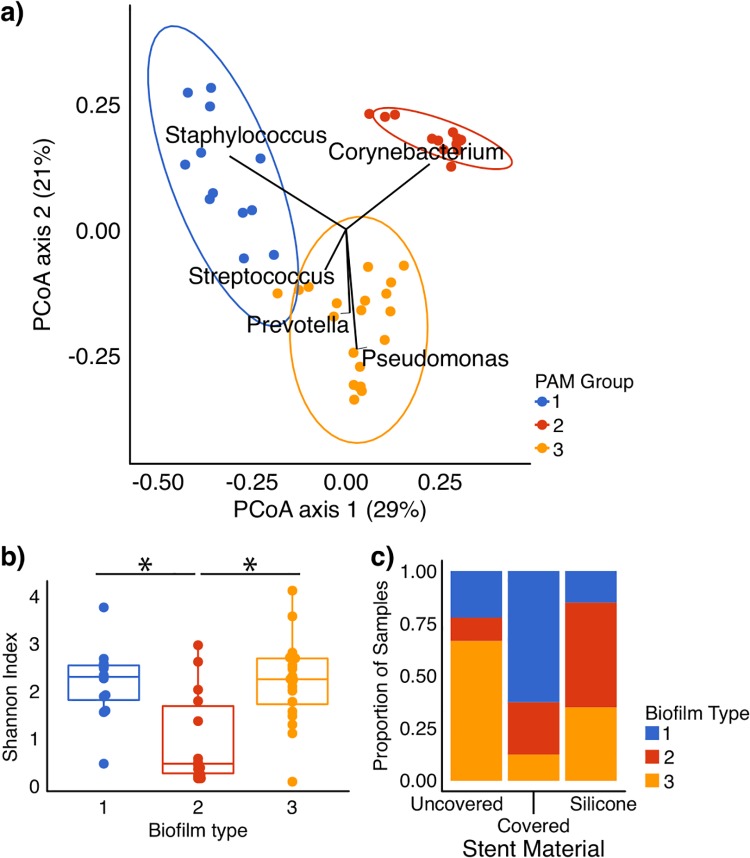Fig 4. Partitioning about medoids (PAM) analysis of stent biofilm bacterial communities.
(A) Weighted UniFrac PCoA, colored by biofilm type as determined by PAM analysis, analyzed at the genus level, which identified three groups with high confidence. Group 1 is driven primarily by Staphylococcus, Group 2 by Corynebacterium, and Group 3 by several bacteria including Streptococcus, Prevotella, and Pseudomonas. Ellipses indicate 95% confidence intervals for the data distribution within the categorical variable. (B) Shannon diversity of biofilm types defined by PAM. Biofilm type 2 (the Corynebacterium dominant type) had significantly lower diversity than the other types (p<0.05 for both, pairwise Wilcoxon test). (C) Stacked bar chart showing the proportion of biofilm samples of each biofilm type by stent material. Stent material was significantly associated with PAM group (p < 0.05, Fisher’ exact test and Chi Square Test). Silicone stents tended to have a higher proportion of Corynebacterium-dominated biofilm type 2, uncovered metal had more type 3, and covered metal had more type 1.

